A while ago, I attempted my fitness journey that spans over 100 days. The results started to show quite early in the period. However, as I continued on, the results became less and less obvious. I had to increase the intensity of my activities in order to see improvements in my conditioning.
There were 4 main components of my regime, namely:
Intermittent Fasting (IF)
High-Intensity Interval Training (HIIT)
Non-processed carbs diet
Resistance training (weights)
Intermittent fasting
One of the most well-known and popular diet options that is easy to start with. It is an eating pattern that involves alternating periods of fasting. It does not prescribe specific foods to eat but focuses on when to eat. Fasting essentially allows the insulin in your body to stay at a low level in order to improve the rate your body burns fat. Also, fasting can trigger a process called autophagy, in which the body removes damaged cells and cellular components. This can help maintain cellular health and potentially reduce the risk of certain diseases.
Other known benefits include:
i) Induce growth hormones, a powerful fat-burning hormone that helps in muscle-gaining
ii) Cellular repair such as removing waste material from cells
iii) Reduce oxidative stress and inflammation in the body
iv) Decrease blood pressure and cholesterol

However, to keep it sustainable, we need to understand a little more about the types of approaches we can take.
i) The 16/8 method: Probably the most widely practiced approach where you fast for 16 hours each day and only consume in the remaining 8 hours. You can decide the start and end time for your fasting period depending on your lifestyle and work commitments. Some variations of this will include 18/6 (18-hour fast/6-hour to consume), 20/4, or even a full-day 24-hour fast. Though this is fairly flexible to practise, the fasting duration should be gradually extended over time. Any sudden changes in your diet or routine would likely result in a higher probability of resistance and failure. You can also start with a 12 or 14-hour fast duration to keep your goals achievable for a start.
ii) The 5:2 Diet: In this approach, you eat normally for five days of the week and restrict your calorie intake to around 500-600 calories on the remaining two non-consecutive days. This will require some monitoring and may lapse if you are rushing through a busy schedule. It is not as routine as something you practise every day.
iii) The Eat-Stop-Eat method: This involves fasting for 24 hours once or twice a week. Then you eat normally for the rest of the days of the week.
iv) The Warrior Diet: In this diet, you eat small amounts of raw fruits and vegetables during the day and have one large meal in the evening. It promotes exercising and undereating during the day when our nomadic and hunter-gathering ancestors would likely be busy finding food rather than eating it. The large meal in the evening can consist of any protein, fat, or carbs no you prefer.
High-Intensity Interval Training (HIIT)
HIIT is a form of cardiovascular exercise that alternates short, intense bursts of activity with brief periods of rest or low-intensity recovery. The primary aim of HIIT is to elevate your heart rate quickly and keep it high for a short duration, followed by a recovery period to allow your heart rate to drop before the next high-intensity interval.
HIIT can help to burn calories during the workout, and because it increases your metabolic rate, it can continue to burn calories for hours post-exercise. Not only that, it improves your heart health and increases your lung capacity which in turn improves blood circulation. Overall, the body’s distribution of oxygen, nutrients, hormones, and immune cells would become more efficient.
There are many online videos that you can follow and switch around to keep the workout fun and interesting. Varying your workout exercises also ensures all parts of your body are well-conditioned for improved mobility as well.
Recommended exercises:
Cardio – jumping jacks, mountain climbers, burpees, high knees
Arms – push-ups, tricep dips, dumbbell punches, arm circles
Legs – flutter kick squats, wall sit, skater, jumping lunges
Core – bicycles, Russian twists, hip bridges, windshield wipers
I personally follow this YouTube channel called FitnessBlender which has over 6.6m subscribers. There is a great variety of workout exercise videos that will surely interest you.
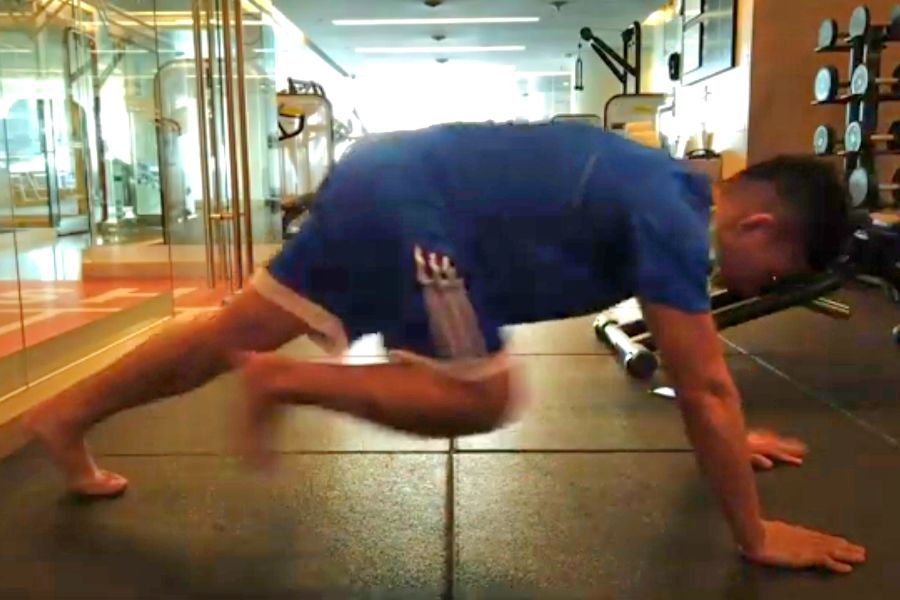
Non-Processed Carbs Diet
Carbohydrates that are non-processed generally are minimally refined which in turn retains the bran, germ, and endosperm portion of grains. Processed carbs on the other hand, after extensive refinement, would have its nutrients and dietary fiber removed. Without its fiber, low-fiber cards are quickly digested and can lead to rapid spikes in blood sugar, which further heightens your cravings and hunger pangs.
It is highly recommended to consume whole carbohydrates, as they are in their natural state and contain all their original components. Some examples include whole grains, legumes, fruits and vegetables.
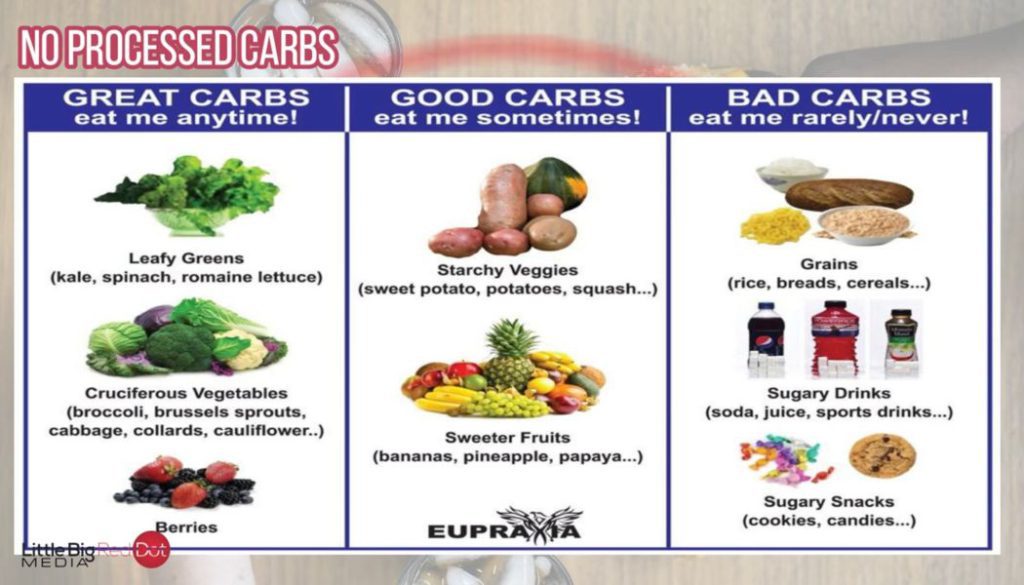
Resistance training
More commonly known as strength or weight training, this form of exercise involves using resistance or force to induce muscular contraction, thereby building strength, endurance, and muscle mass.
Resistance training can take various forms, including:
- Free Weights: This involves using dumbbells, barbells, and kettlebells to perform exercises like bench presses, squats, and deadlifts. These exercises are effective for targeting specific muscle groups and promoting overall strength.
- Machines: Resistance machines, commonly found in gyms, provide guided movements with adjustable resistance levels. They are suitable for beginners and offer stability and support.
- Resistance Bands: These elastic bands come in various resistance levels and you can use them for a wide range of exercises. They are portable and are great for both upper and lower-body workouts.
- Body Weight Exercises: These exercises use your own body weight as resistance, including push-ups, pull-ups, squats, and lunges. Body weight exercises are accessible and can be performed anywhere.
Recommended exercises:
Chest – dumbbell bench press, dumbbell fly, dumbbell front raise
Back – deadlift, pull up, single arm dumbbell row, lat pulldown
Arm and Shoulder – dumbbell row, bench dips, shoulder press, cable lat raise
Abs – cable reverse crunch, high cable crunch
Leg and Buttock – squat, lunge, deadlift
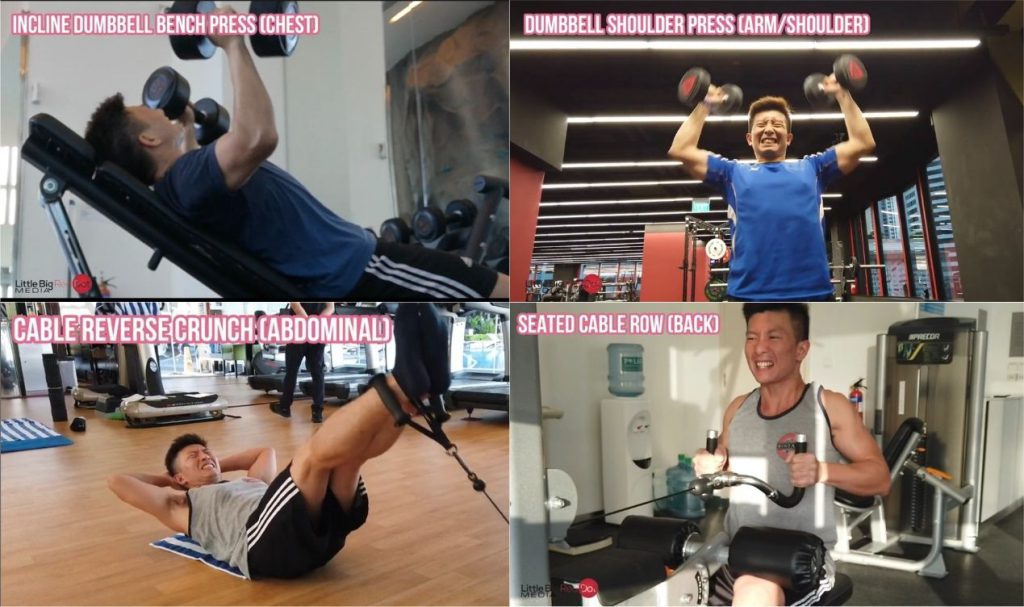
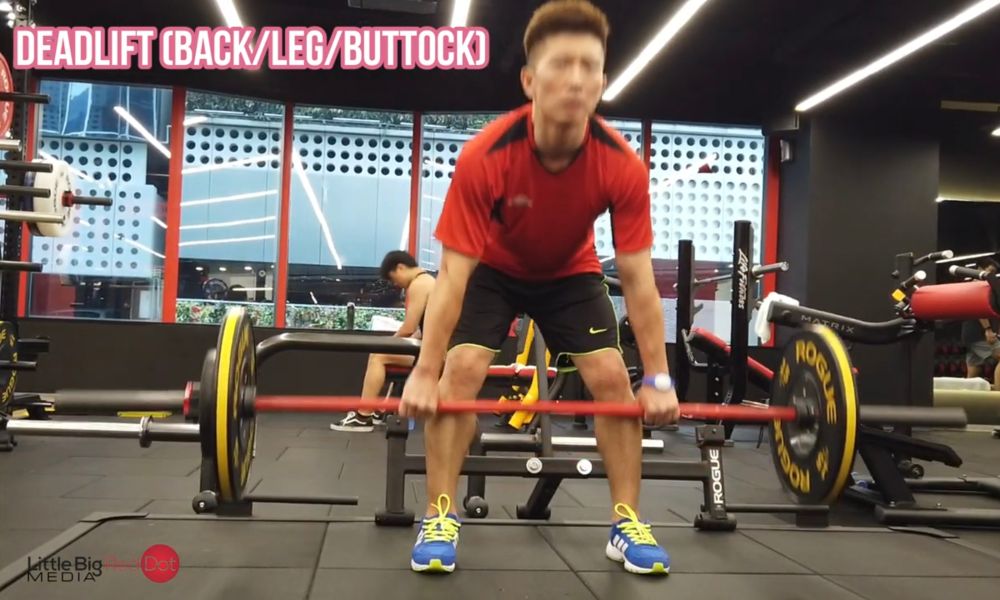
Regardless of the form of training, one key point to note is that maintaining proper exercise form and technique for each repetition is way more crucial than the number of reps performed. Reps and resistance levels should be gradually increased over time according to your personal tolerance and recovery duration.
My tip to anyone is to start now, start small, and start whatever. Just start something. Before you know it, your fitness journey can last a lifetime if you choose to.
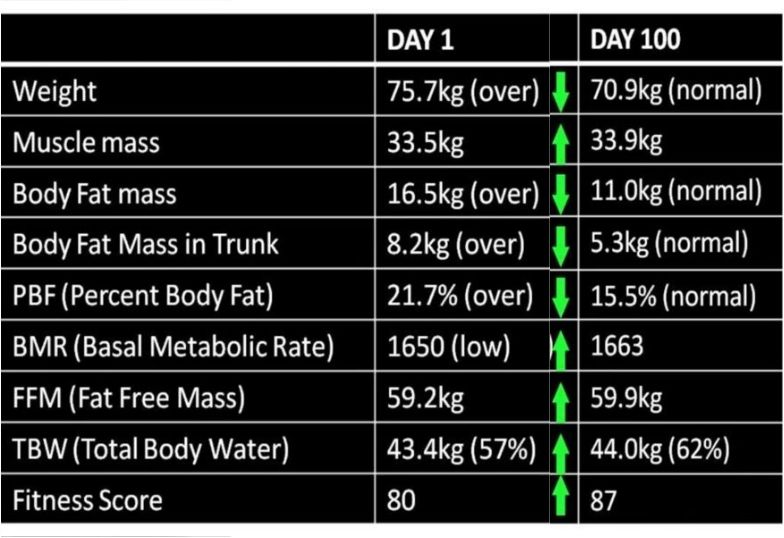
For the latest deals and content, join our Telegram channel here today!










